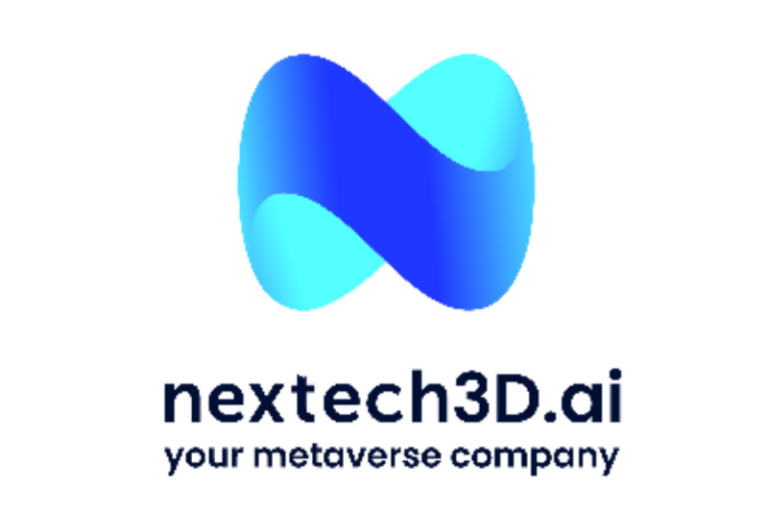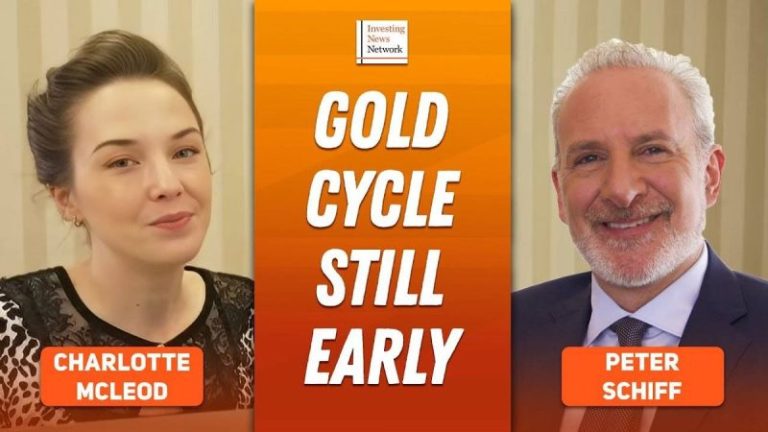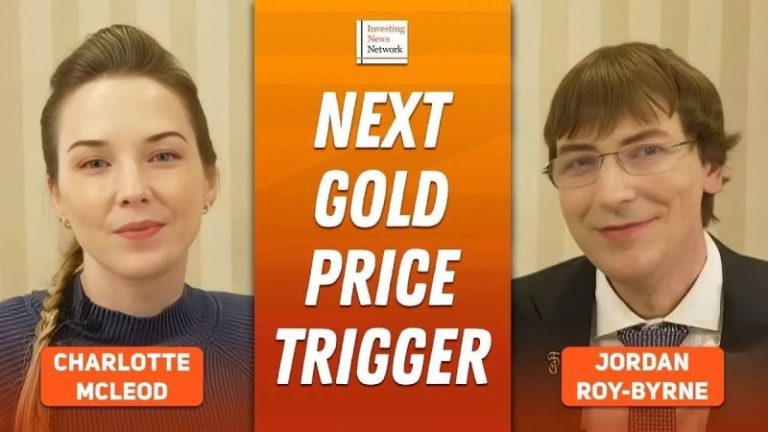Investor Insight
With strategic, US-based assets, Trigg Minerals is well-positioned to become a cornerstone supplier of antimony and tungsten into the United States and allied markets. With a sharpened focus on critical minerals in Tier-1 jurisdictions, Trigg is executing a strategy that aligns with urgent national security and energy transition needs.
Overview
Trigg Minerals (ASX:TMG,OTCQB:TMGLF) is an emerging leader in the global critical minerals space, focused exclusively on the development of antimony and tungsten assets in the US – both metals designated as critical minerals by the United States, Canada, Australia and the European Union for its role in national defense, energy transition technologies, and advanced industrial applications.
Global supply of both antimony and tungsten is highly concentrated, with more than 80 percent controlled by China and Russia. Export restrictions, sanctions and the depletion of strategic stockpiles have created acute shortages, driving demand for alternative, conflict-free sources. This geopolitical backdrop creates a once-in-a-generation opportunity for new suppliers to anchor Western supply chains.
Trigg’s strategy is firmly focused on developing critical minerals projects in Tier-1 US jurisdictions, where stable regulatory frameworks, established infrastructure and strong government support provide a competitive advantage.
The company’s flagship Antimony Canyon project in Utah is one of the largest undeveloped antimony systems in the country, now secured through patented mining claims that streamline the pathway to production. Complementing this is the Tennessee Mountain tungsten project in Nevada, a historic tungsten district with confirmed high-grade mineralisation, and the newly acquired Central Idaho antimony project, which offers district-scale potential in a historically productive region.
By advancing this portfolio, Trigg aims to establish itself as a vertically integrated supplier, from mine development through to downstream smelting and refined metal production. With strong shareholder support, active engagement with US government and defence stakeholders, and membership in international industry associations, Trigg Minerals is positioned to play a leading role in rebuilding secure Western supply of antimony and tungsten.
Company Highlights
- ASX-listed explorer advancing critical mineral projects in the United States, with a focus on antimony and tungsten.
- Antimony Canyon Project (Utah) – flagship project with patented claims, high grades and a streamlined pathway to development.
- Tennessee Mountain Project (Nevada) – historic tungsten district with confirmed high-grade mineralisation.
- Central Idaho Antimony Project – district-scale landholding with grades up to 17.6 percent antimony.
- Optionality in Australia, including Wild Cattle Creek, one of the world’s highest-grade undeveloped antimony resources.
- Strong financial position and strategic investment support, including backing from Tribeca Investment Partners.
- Proposal to rebrand as American Antimony and Tungsten at the November 2025 AGM to reflect US focus.
Key Project
Antimony Canyon Project
Antimony Canyon, located in Utah, is Trigg’s flagship project and one of the largest undeveloped antimony systems in the United States. Historically mined during the 20th century but never subject to modern exploration, the district hosts multiple high-grade stibnite deposits. In 2025, Trigg consolidated control through the acquisition of 20 patented claims, giving the company full ownership of both surface and mineral rights. This control materially de-risks permitting by allowing the project to proceed under Utah’s streamlined Mined Land Reclamation Act, avoiding lengthy federal processes.
An exploration target of 6.1 to 6.9 million tonnes (Mt) at 1.4 to 2.3 per cent antimony, containing between 86,000 and 158,000 tonnes of antimony metal, has been established on these claims. Sampling programs have confirmed exceptional grades, including channel results up to 33.2 percent antimony. With no active US antimony production, Antimony Canyon offers a unique opportunity to establish domestic supply, with Trigg advancing studies for a pilot-scale mining operation and downstream smelting in partnership with Metso, leveraging Ausmelt technology for the production of refined antimony metal.
Tennessee Mountain Tungsten Project
In August 2025, Trigg expanded into tungsten through the acquisition of the Tennessee Mountain project in Nevada, another Tier-1 US jurisdiction. This historic mining district hosts the Garnet Mine and widespread skarn-hosted tungsten mineralisation. Historical trenching and drilling reported thick intersections of mineralised zones, including 24.9 metres at 0.65 percent tungsten trioxide and 10.67 metres at 0.98 percent tungsten trioxide. A non-JORC historical estimate of 0.71 Mt, grading 0.3 to 0.5 percent tungsten trioxide, underscores the scale and potential of the system. With tungsten also recognised as a critical mineral for defence and clean energy technologies, Tennessee Mountain provides diversification and growth within Trigg’s US portfolio.
Central Idaho Antimony Project
In September 2025, Trigg acquired the Central Idaho antimony project, located within the historically productive Swanholm Mining District. Early fieldwork has already confirmed very high-grade mineralisation, including assays up to 17.6 percent antimony from surface samples, with associated gold values. The project covers a district-scale landholding in an area geologically analogous to Perpetua Resources’ Stibnite gold project, which has received substantial US federal support. With minimal historic disturbance and no legacy tailings, the project offers a clean environmental baseline and a potentially straightforward permitting pathway.
Australian Projects
While Trigg’s near-term focus is firmly in the US, the company maintains optionality through its Australian portfolio. The Wild Cattle Creek deposit in New South Wales contains a JORC 2012 resource of 1.52 Mt at 1.97 percent antimony, representing ~30,000 tonnes of contained metal and ranking as one of the world’s highest-grade undeveloped antimony deposits. Additional Australian projects, including Taylors Arm, Spartan and Nundle, as well as the Drummond gold project in Queensland, provide longer-term exploration upside.
Management Team
Timothy Morrison – Executive Chairman
Tim Morrison is a highly experienced executive in the Australian resource and capital markets sector. With a background in law and investment banking, Morrison has held senior roles in both private and public resource companies, including those focused on critical minerals, base metals, and energy. His leadership at Trigg is defined by a clear strategic focus: unlock value from the Wild Cattle Creek deposit and position the company as a cornerstone in the global antimony supply chain. Morrison brings extensive experience in stakeholder engagement, project financing, and government relations, having previously led funding rounds, IPOs, and major project negotiations across multiple jurisdictions. His vision for Trigg is underpinned by a disciplined growth strategy and sovereign supply positioning.
Jonathan King – Chief Geologist
Jonathan King is a seasoned geologist with over 20 years of experience in mineral exploration and resource development. He has worked across a broad range of commodities including antimony, gold, copper, and rare earths, and has been instrumental in leading exploration teams across Australia, Southeast Asia and Africa. At Trigg, King is responsible for designing and executing the company’s exploration programs, including the upcoming high-impact drill campaign at Wild Cattle Creek. His technical leadership ensures that resource expansion is driven by rigorous geoscientific methodology, with a focus on unlocking district-scale potential across the broader Achilles project area.
Andre Booyzen – Non-executive Director
Andre Booyzen is an experienced mine operator and leader and has 25+ years of experience in operational, senior and executive roles, and is a specialist in antimony mining. He brings extensive experience in mine development, operational strategy, and off-take agreements. Booyzen previously served vice-president of Mandalay Resources (TSX:MND,OTCQB:MNDJF), where he had full strategic and operational control including product sales, off takes and funding negotiations at the Costerfield gold-antimony mine in Victoria, currently Australia’s only producer of antimony concentrate. Booyzen also served on the board of the Minerals Council of Australia (Victoria) for more than five years and was chairman for three of those.
Chris Gregory – Non-executive Director
Chris Gregory is a highly accomplished global mining executive and geologist with over 30 years of experience. He has an extensive leadership track record in discovery, development, mine operation and strategic growth across a wide range of commodities and jurisdictions. Gregory’s career included 22 years with Rio Tinto, where he led the discovery and evaluation of Sepon gold/copper deposit in Laos. He was vice-president, exploration and geology at Mandalay Resources, where he was instrumental in the success of the Costerfield Antimony/Gold mine in Victoria for more than 10 years up to 2022.
Nicholas Katris – Non-executive Director and Company Secretary
Nicholas Katris has over 15 years of experience in corporate advisory and public company management, having begun his career as a chartered accountant. He has been actively involved in the financial management of public companies within the mineral and resources sector, holding roles on both the board and executive management teams. His expertise spans the advancement and development of mineral resource assets, as well as business development. Throughout his career, Katris has worked across Australia, Africa, Brazil and Canada, gaining extensive experience in financial reporting, capital raising, and treasury management for resource companies. He currently serves as company secretary for Leeuwin Metals (ASX:LM1) and Perpetual Resources (ASX:PEC).
James Graf – Non-executive Director
James Graf has over 35 years of international capital markets, M&A and corporate management experience, including roles as CEO, CFO and/or board director of eight US-listed special purpose acquisition companies, and as a managing director at Deutsche Bank in Hong Kong and Merrill Lynch in Singapore. Graf currently serves as CEO and board director of Graf Global (NYSE:GRAF) and as interim CFO of NKGen Biotech (OTC:NKGN). He was previously a board director of Velodyne Lidar (Nasdaq:VLDR) and also founded an enterprise software company with operations in the US, Malaysia and Ukraine.
This post appeared first on investingnews.com










